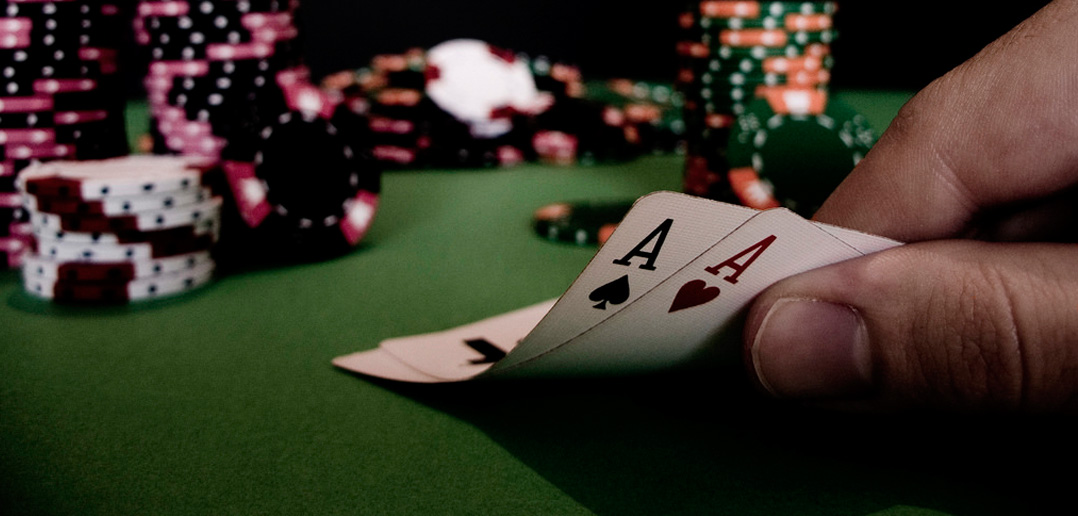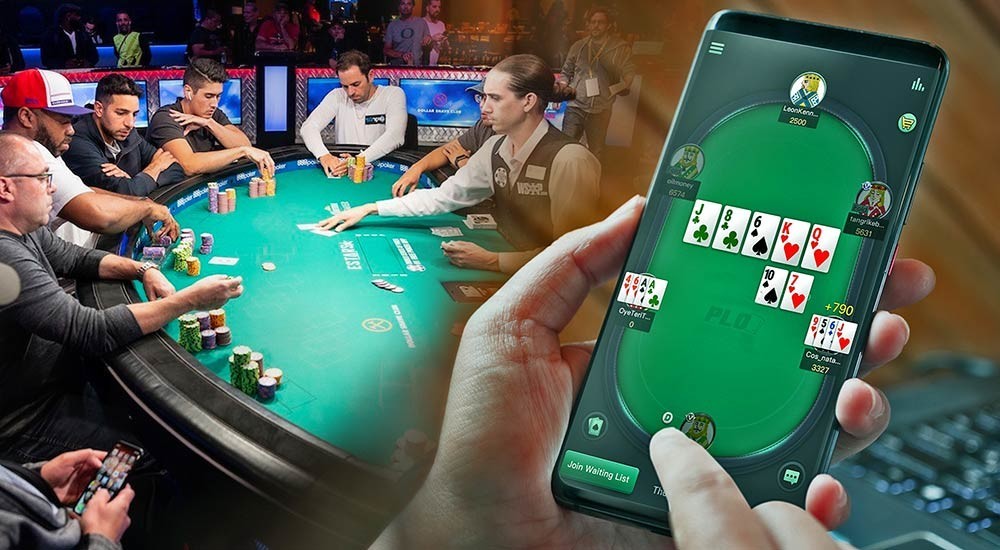The psychology of poker

In poker, a “tell” is a physical or verbal cue that gives away information about a player’s hand. For example, a player who is holding a strong hand may exhibit nervousness or excitement, which would be a tell. While tells can be helpful in gaining an edge over opponents, they are not always reliable, and experienced players will often deliberately try to mislead their opponents with false tells.
The role of bluffing in poker.
Bluffing is an important part of poker psychology. It involves betting on a hand that is not strong enough to win, in the hope that the other players will fold and you will win the pot without having to show your cards. Bluffing can be effective if used sparingly and correctly, but it can also backfire if opponents call your bluff and you are forced to show your hand.
The importance of table selection in poker.
Table selection is another important aspect of poker game psychology. It involves choosing the right table to play at based on the skill level of the other players and the size of the stakes being played for. Playing at a table with better players or higher stakes than you can afford can lead to big losses, so it is important to select tables wisely.
The strategy of poker.
In poker, the position is everything. The player who acts last in a betting round has a huge advantage over the other players. Why? Because they have more information. They know how many other players are still in the hand, and they have a better idea of what everyone’s hand might be.
The key to winning at poker is to make sure you’re always in the best possible position. That means being the last person to act in every betting round. And it also means playing tight – only playing hands that have a good chance of winning texas Holdem poker.
The value of betting in poker.
Betting is one of the most important aspects of poker strategy. It’s how you control the size of the pot and put pressure on your opponents.
There are three main types of bets in poker: value bets, bluffing bets, and pot odds bets. Value bets are when you bet with a hand that has a good chance of winning. Bluffing bets are when you bet with a hand that doesn’t have a good chance of winning, but you’re hoping to make your opponents fold anyway. Pot odds bets are when you bet based on the odds of hitting your hand, rather than whether or not you think it will actually win.
The importance of bankroll management in poker.
Managing your bankroll properly is one of the most important aspects of being a successful poker player. Your bankroll is the amount of money you have set aside specifically for playing poker.
You should never risk more than 5% of your bankroll on any one bet. So if you have $100 in your bankroll, you shouldn’t be betting more than $5 on any single hand. This ensures that you can withstand losing streaks without going broke and quitting altogether.
There are two main ways to manage your bankroll: the fixed-size bet method and the percentage method. With the fixed-size bet method, you simply bet the same amount on every hand regardless of how good or bad your hand is. With the percentage method, you bet a certain percentage of your bankroll on each hand, increasing your bets when you’re winning and decreasing them when you’re losing.
Which method is best depends on your style of play? If you’re a more conservative player, the fixed-size bet method is probably best. If you’re a more aggressive player, the percentage method may be better.
Conclusion
Poker is a game of skill that requires knowledge of the basics, an understanding of psychology, and a sound strategy. With this guide, you’ll be on your way to becoming a winning poker player. Remember to always keep your bankroll in mind and to table select wisely. Good luck!






